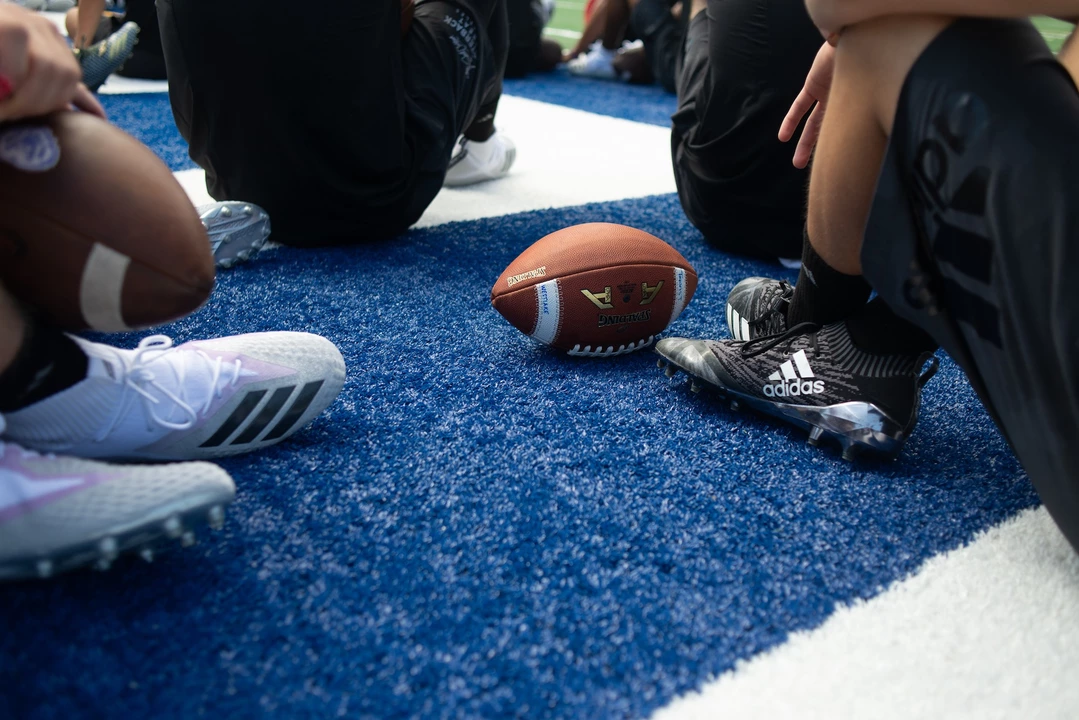Are metal cleats illegal in soccer?
 May, 10 2023
May, 10 2023
Understanding the Role of Cleats in Soccer
As a soccer enthusiast, I've always been fascinated by the various types of soccer cleats available in the market. As we all know, soccer is a game that requires excellent footwork and precise control of the ball. Therefore, a player's choice of footwear plays a crucial role in determining their performance on the field. In this article, we'll be exploring the question, "Are metal cleats illegal in soccer?" and discussing the various factors that contribute to the debate surrounding the legality of metal cleats in the sport.
The History of Soccer Cleats
Before we dive into the legality of metal cleats in soccer, let's take a brief look at the history of soccer cleats. The first soccer cleats were made in the early 19th century, and they were made of leather with metal studs. These studs were designed to provide players with better traction on the field, especially on wet and muddy surfaces. Over the years, soccer cleats have evolved to include various materials, designs, and stud configurations, with the primary goal of enhancing a player's performance on the field.
Regulations Governing Soccer Cleats
The rules and regulations governing soccer cleats are established by FIFA (Fédération Internationale de Football Association), the international governing body for the sport of soccer. According to FIFA's Laws of the Game, there are no specific restrictions on the material used for studs or cleats. However, it is important to note that the referee has the authority to decide whether a player's footwear is safe and appropriate for the game. This means that the legality of metal cleats in soccer ultimately depends on the referee's discretion.
Why Metal Cleats Are Controversial
Metal cleats are often considered controversial in soccer due to the potential risk of injury they pose to players. These cleats have sharp metal studs that can cause severe injuries if they come into contact with another player's skin or if they get caught on the turf. Additionally, metal cleats are more likely to cause damage to the playing surface, particularly on natural grass fields. As a result, many soccer leagues and organizations may have specific rules and regulations prohibiting the use of metal cleats.
Alternatives to Metal Cleats
Given the potential hazards associated with metal cleats, many soccer players opt for alternative materials that are considered safer and less damaging to the playing surface. The most popular alternative to metal cleats is plastic or rubber cleats. These types of cleats are lighter, more comfortable, and generally safer than their metal counterparts. Additionally, they are less likely to cause damage to the playing surface and are therefore more widely accepted in soccer leagues and organizations around the world.
Choosing the Right Cleats for Your Needs
When it comes to choosing the right soccer cleats, there are several factors to consider, including the type of playing surface, your position on the field, and your personal preferences. For players who predominantly play on natural grass fields, plastic or rubber cleats may be the best option, as they provide adequate traction without causing damage to the field. On the other hand, if you play on artificial turf, you may want to consider turf shoes or cleats with shorter studs, as these are specifically designed for use on synthetic surfaces.
Metal Cleats in Professional Soccer
In professional soccer, the use of metal cleats is relatively rare, as most players opt for plastic or rubber cleats due to their lighter weight and greater comfort. However, there are some instances where professional players may choose to wear metal cleats, particularly in wet or muddy conditions where additional traction is required. In such cases, the decision to wear metal cleats is typically left up to the player, and their use is subject to the approval of the referee.
Conclusion: Are Metal Cleats Illegal in Soccer?
In conclusion, while there are no specific FIFA regulations prohibiting the use of metal cleats in soccer, their legality ultimately depends on the referee's discretion and the rules of the specific league or organization in which you are playing. Due to the potential safety hazards and damage to the playing surface associated with metal cleats, many players and organizations prefer to use alternative materials such as plastic or rubber cleats. Ultimately, the decision to wear metal cleats should be based on a careful consideration of the various factors discussed in this article, as well as your personal preferences and needs as a soccer player.